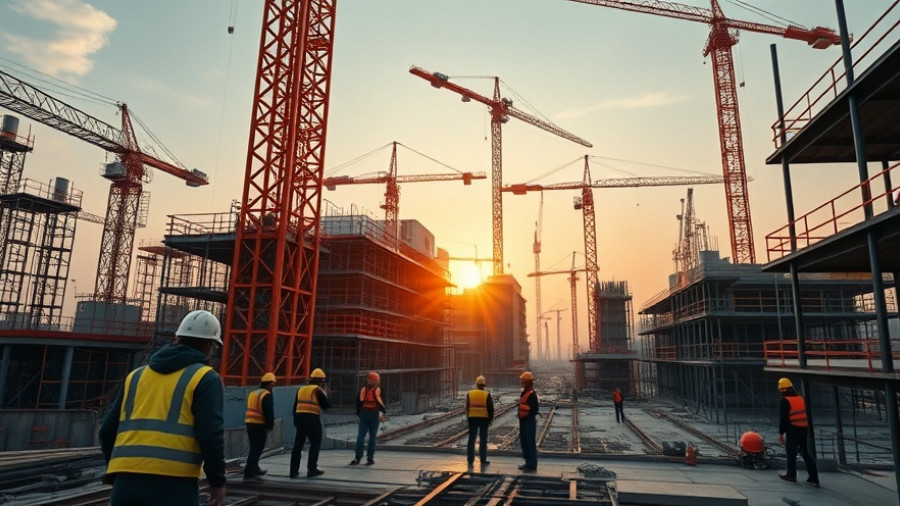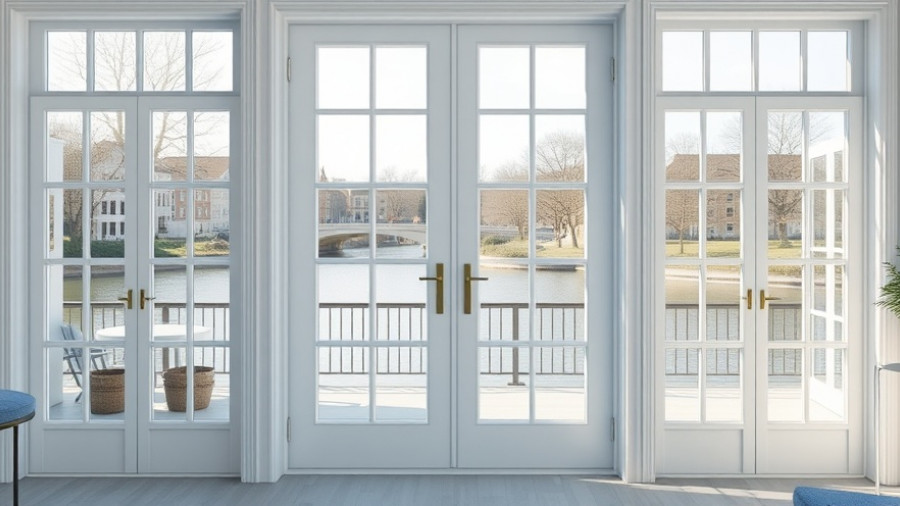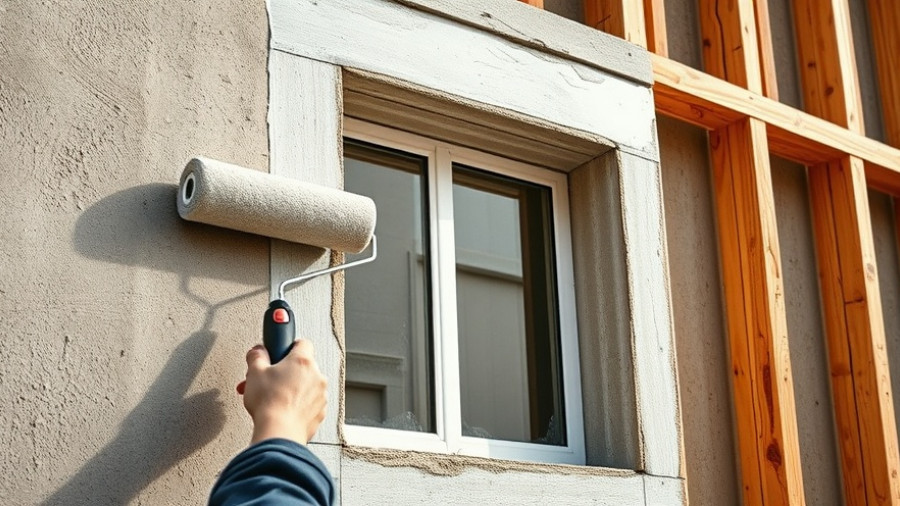
VENTS-US: A Journey from Local to Global
In a world where air quality directly impacts health, VENTS-US shines as a beacon of innovative solutions in the ventilation sector. Established in 1996 in Ukraine with a humble beginning, the company now stands as a testament to how strategic growth can lead to industry leadership. With nearly three decades of experience, VENTS-US has transformed from a small manufacturing enterprise into the North American division of the Blauberg Group, which dominates the global ventilation scene.
The Resilience of a Global Supply Chain
The importance of adaptability became glaringly clear during the recent workforce shortages that plagued many manufacturing entities. Zoltan Bodor, a representative of VENTS-US, emphasizes that despite sourcing raw materials globally, the company continues to thrive. Their facility in Ukraine remains operational, allowing consistent deliveries to the U.S. market while also juggling manufacturing bases in Germany, Poland, Hungary, and China. This resilience illustrates the benefits of a diversified supply chain, helping them remain productive and efficient, which is a key takeaway for business owners and facility managers.
Innovative Products for Every Environment
VENTS-US focuses on a broad product portfolio designed for various environments—from residential homes to large commercial spaces. Their adaptability shines in products like the GK LD and GK MA exhaust fans, tailored to expel harmful fumes from garages and workshops while ensuring energy efficiency. For facility managers tasked with optimizing air quality, their line-up, including the Frigate ERV 120 EC and the robust AirVENTS Series, provides tailored solutions to meet specific needs. The AirVENTS Series, particularly, is intriguing as it offers a customizable approach for larger applications, showcasing VENTS-US’s flexibility and market orientation.
Riding the Wave of Sustainability
In today’s construction landscape, sustainability is not just an option; it's an expectation. VENTS-US has embraced eco-friendly practices by engineering systems that maximize energy efficiency without compromising performance. Their use of energy-saving EC fans and innovative heat recovery units not only enhance air quality but also align with the growing demand for sustainable building solutions. Businesses and homeowners alike can benefit from such insights, proving that choosing the right ventilation system can lead to significant savings on energy costs and contribute to a healthier environment.
Your Partner in Health and Comfort
Ultimately, VENTS-US embodies a commitment to enhancing indoor environments through superior airflow solutions. As businesses and property developers increasingly prioritize the health and comfort of occupants, understanding the capabilities of VENTS-US can inform purchasing decisions. Their innovative designs and high-performance systems are not just about compliance, but about creating spaces where people can thrive.
As we move towards a future where air quality and energy efficiency become more intertwined with health and business objectives, VENTS-US stands ready to lead the charge. Those in the construction and facility management fields should take note of their sophisticated approaches and consider how these solutions can be integrated into new projects or upgrades of existing systems.
 Add Row
Add Row  Add
Add 




Write A Comment